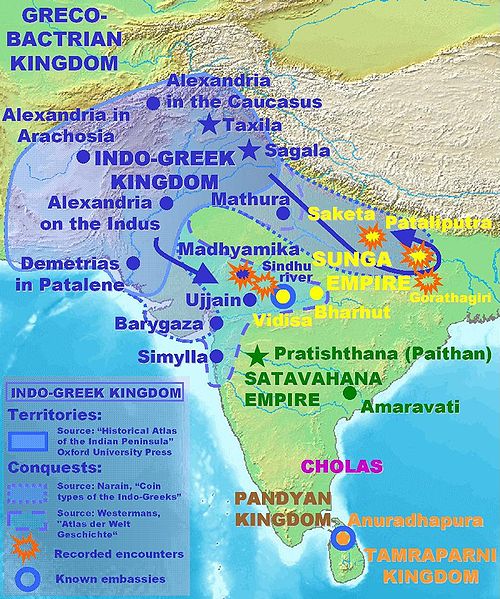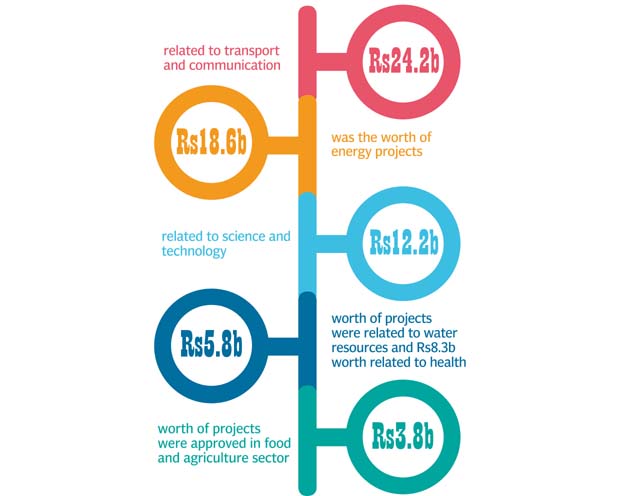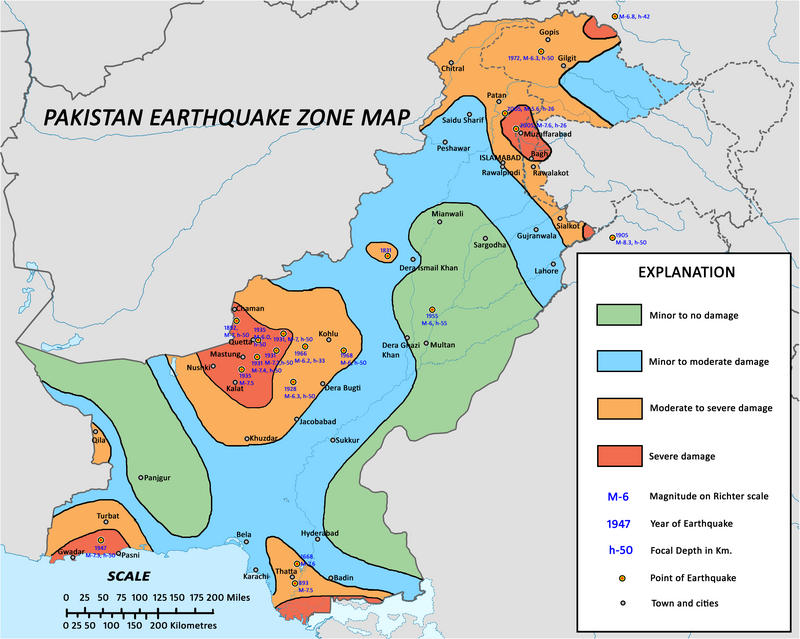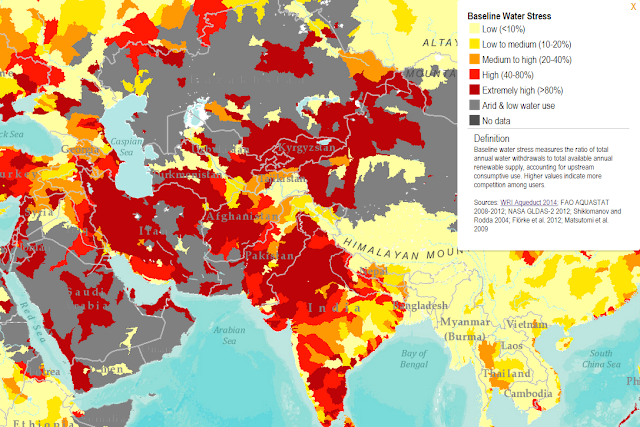ghazi52
PDF THINK TANK: ANALYST

- Joined
- Mar 21, 2007
- Messages
- 101,752
- Reaction score
- 106
- Country
- Location
Khyber Pakhtukhwa's geographical regions

.......................................................................................................
Pakistan's Snow map
Gilgit Baltistan= 100%
FATA= 80-85%
KPK= 65-70%
AJK= 55-60%
Balochistan= 15-18%
Punjab= 1% ( Murree & Patriata , Soon Sakesar Valley )
Margalla hills in Islamabad and Kirthar mountain ranges in Sindh occasionally receives snowfall.

.........................................................................................................
Languages of Pakistan


.......................................................................................................
Pakistan's Snow map
Gilgit Baltistan= 100%
FATA= 80-85%
KPK= 65-70%
AJK= 55-60%
Balochistan= 15-18%
Punjab= 1% ( Murree & Patriata , Soon Sakesar Valley )
Margalla hills in Islamabad and Kirthar mountain ranges in Sindh occasionally receives snowfall.

.........................................................................................................
Languages of Pakistan


















